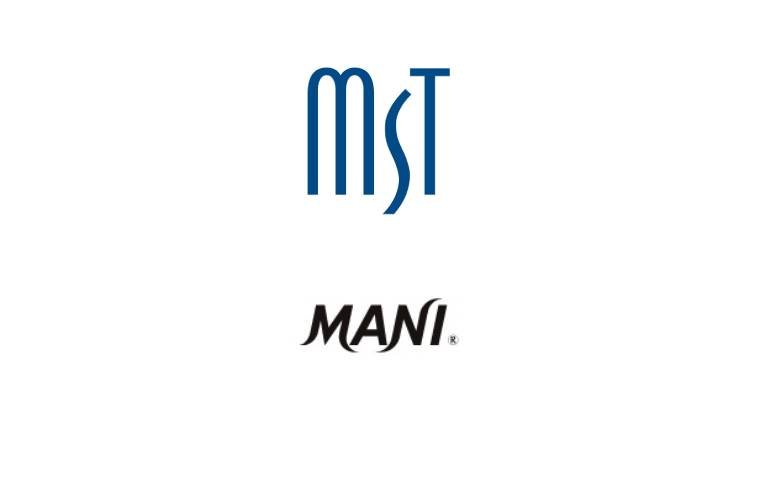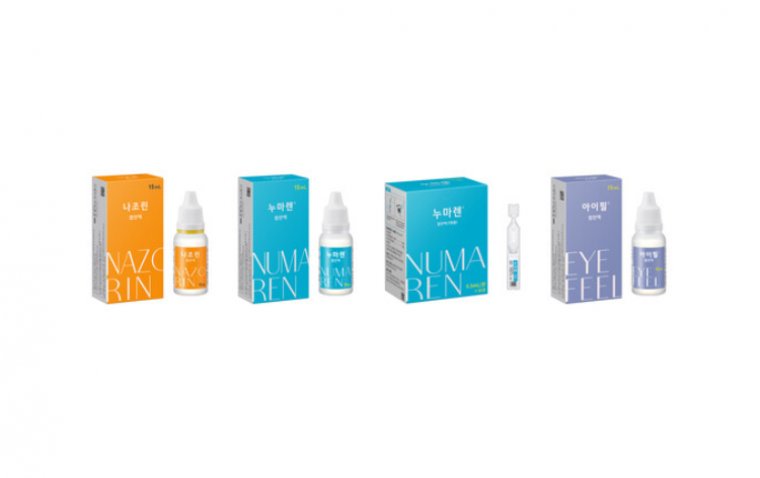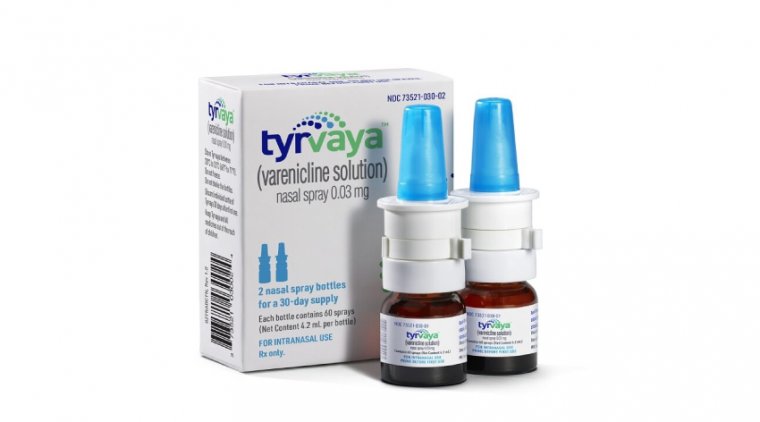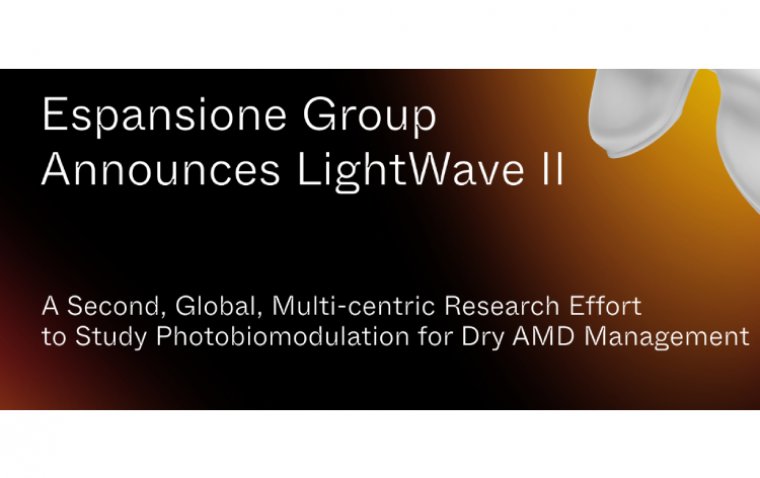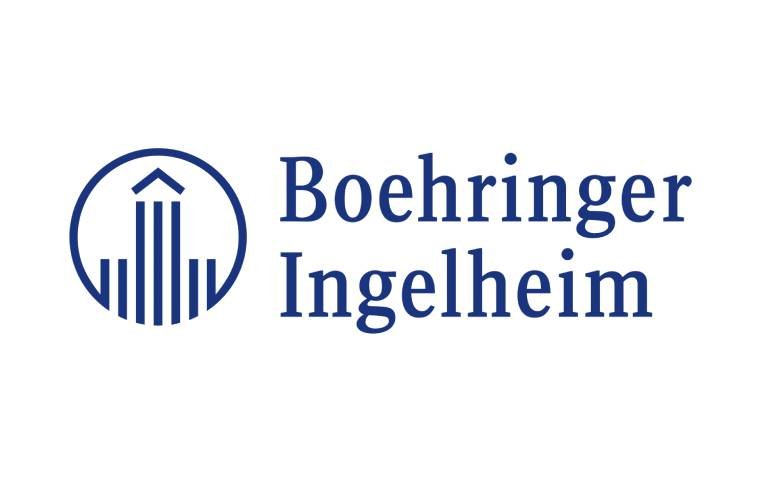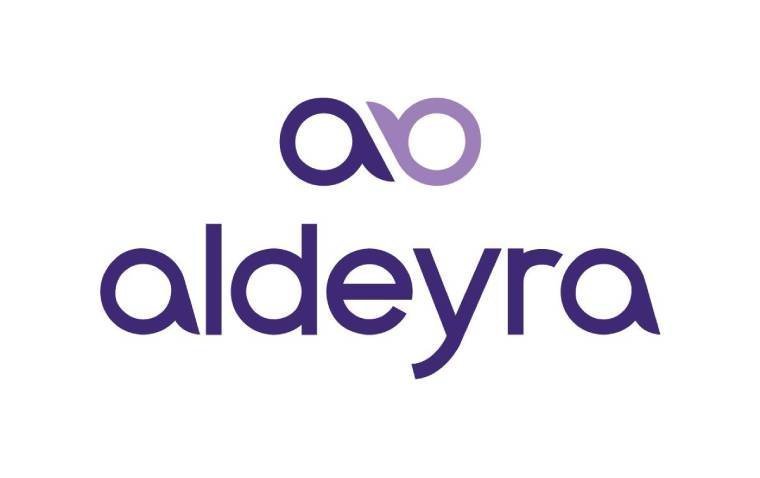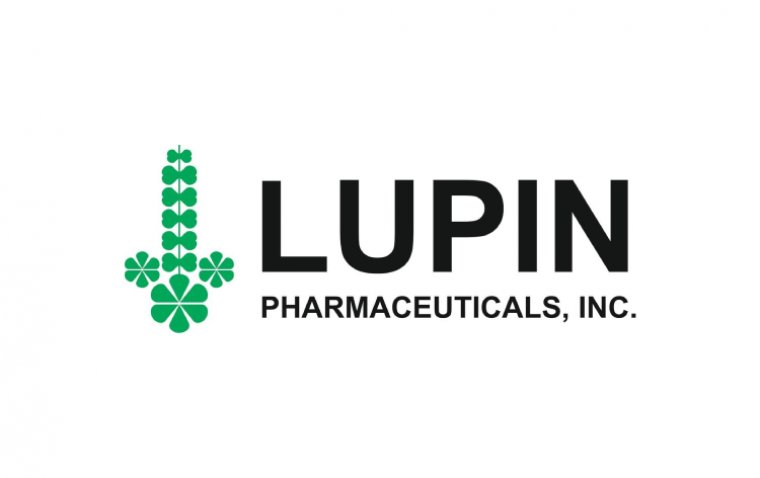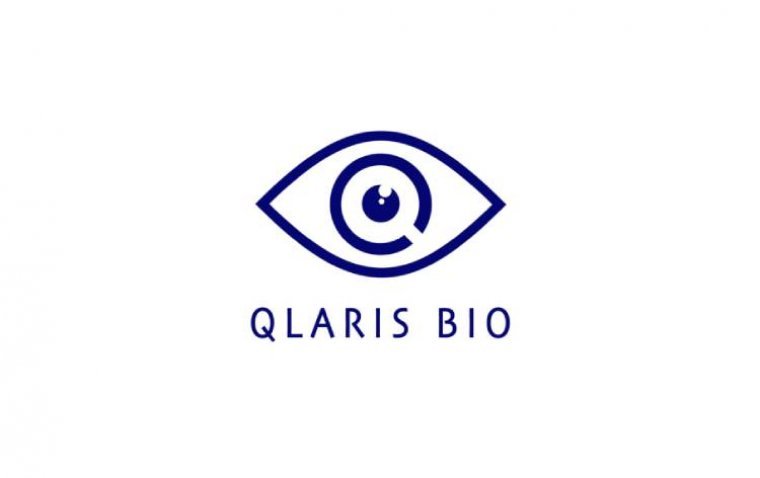
Qlaris Bio Reports Positive Phase 2 Results for QLS-111 in Glaucoma and Ocular Hypertension
Qlaris Bio has announced positive topline results from two U.S. Phase 2 clinical trials—Osprey and Apteryx—evaluating QLS-111 in patients with primary open-angle glaucoma (POAG) and ocular hypertension (OHT). Both trials met all primary and secondary endpoints, reinforcing the potential of QLS-111 as a first-in-class treatment.
Qlaris Bio will present a corporate update on QLS-111 at the Glaucoma 360 New Horizons Forum 2025 on February 7 in San Francisco.
Osprey Study: Evaluating QLS-111 as Monotherapy
The Osprey study (NCT06016972) is a masked, randomized trial designed to assess the safety, tolerability, and intraocular pressure (IOP)-lowering efficacy of QLS-111 across various doses compared to a vehicle control. The study included 62 adult patients with POAG or OHT.
Key Findings:
• The 0.015% concentration of QLS-111, dosed once daily in the evening (QPM), resulted in the greatest IOP reduction.
• Mean IOP reduction of 3.7 mmHg from a baseline diurnal IOP of 23.0 mmHg.
Apteryx Study: Assessing QLS-111 as an Adjunct to Latanoprost
The Apteryx study (NCT06249152) is a masked, randomized trial evaluating the additive IOP-lowering efficacy of QLS-111 when used alongside latanoprost versus latanoprost monotherapy. The study included 32 patients aged 12 years or older with POAG or OHT who had stable IOP on latanoprost monotherapy.
Key Findings:
• Baseline diurnal IOP on latanoprost monotherapy: 19.8 mmHg.
• QLS-111 0.015% + latanoprost (QPM dosing): Additional 3.2 mmHg IOP reduction.
• QLS-111 0.015% + latanoprost (BID dosing): Additional 3.6 mmHg IOP reduction.
Favorable Safety and Tolerability Profile
Across both Phase 2 trials, QLS-111 demonstrated:
• Excellent safety and tolerability at all tested doses.
• No serious adverse events reported.
• No clinically meaningful hyperemia or other ocular/systemic adverse effects.
• No incremental hyperemia observed when QLS-111 0.015% was combined with latanoprost.
Expert Perspectives on QLS-111’s Potential
Thurein Htoo, Chief Executive Officer of Qlaris Bio, emphasized the significance of these findings:
“We are pleased with QLS-111’s performance in our Phase 2 Osprey and Apteryx trials. These results with our novel preservative-free formulation give us confidence that the selective targeting of episcleral venous pressure (EVP) with QLS-111 has the potential to be a first-in-class therapeutic.”
Barbara Wirostko, MD, FARVO, Chief Medical Officer of Qlaris Bio, highlighted QLS-111’s strong efficacy as an adjunct therapy:
“The data show QLS-111’s synergistic ability to provide significant IOP lowering in patients already on latanoprost. This substantial additive effect demonstrates the potential to significantly benefit patients who do not achieve IOP-lowering goals with current therapies. Additionally, we believe the promising tolerability profile of QLS-111 will further enhance the value to our patients by driving improved treatment compliance and adherence. This is supported by the absence of clinically relevant hyperemia, with no corneal changes and no clinically relevant ocular or systemic findings thus far in our studies.”
Conclusion
The positive results from the Osprey and Apteryx trials reinforce the potential of QLS-111 as a novel treatment for glaucoma and ocular hypertension. With strong efficacy, a favorable safety profile, and promising additive effects with latanoprost, QLS-111 represents a significant advancement in glaucoma management. Qlaris Bio’s upcoming corporate update at Glaucoma 360 New Horizons Forum 2025 will provide further insights into the future development plans for this investigational therapy.
(1).jpg)

